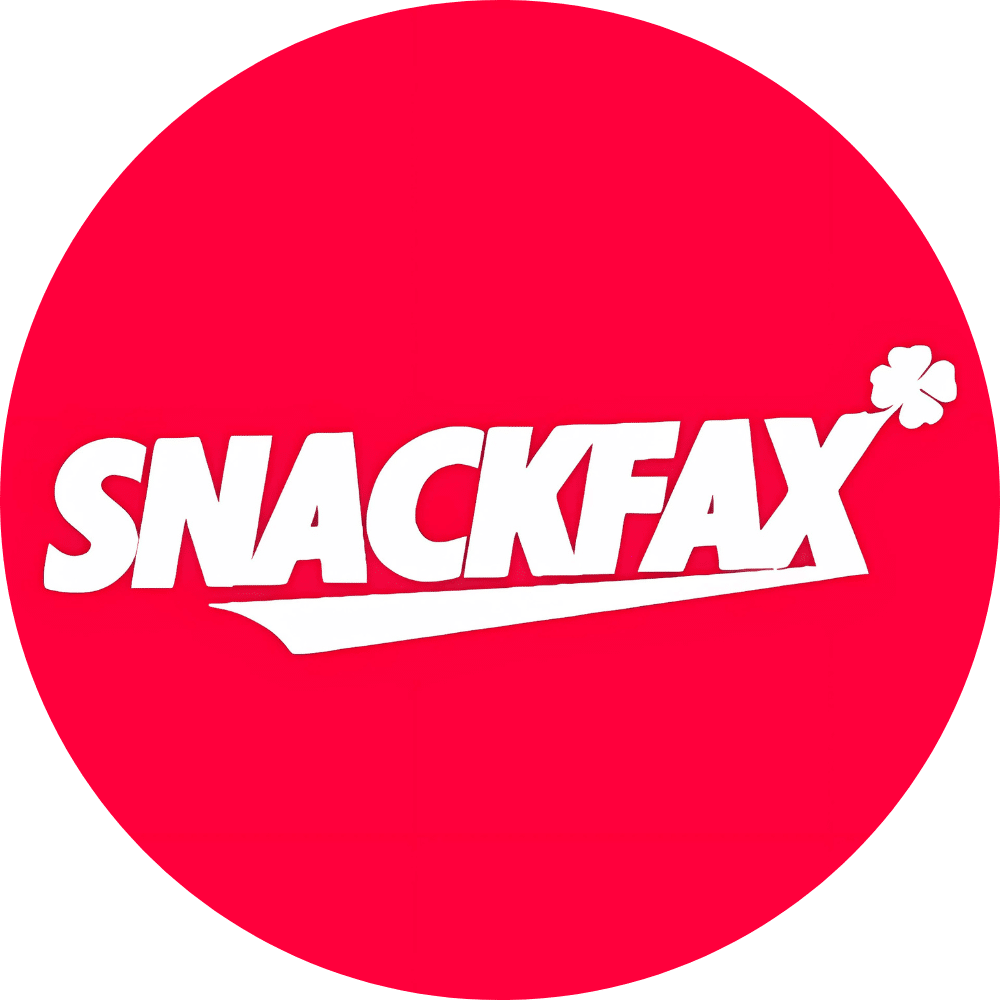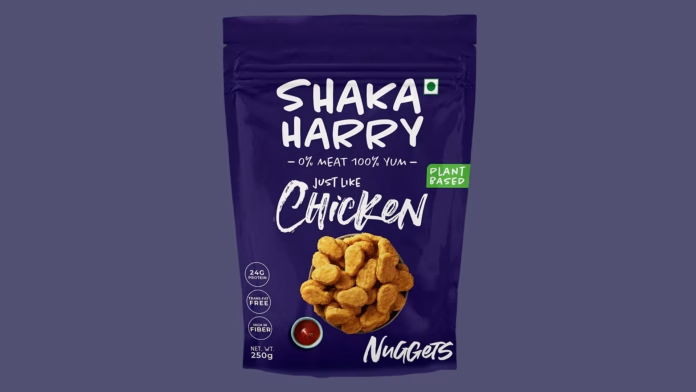In today’s fast-paced world, parents often find it challenging to prepare healthy and tasty meals for their children. Children are picky eaters and are often difficult to please when it comes to food. As a parent, you want to make sure your children are eating healthy, but you also want to make sure they enjoy what they’re eating. This is where Shaka Harry Chicken Nuggets come in.
Shaka Harry Chicken Nuggets are a perfect snack or meal for kids, and they’re not just any chicken nuggets.
Shaka Harry Chicken Nuggets are a vegan alternative to traditional chicken nuggets. These nuggets are made with a blend of all-natural, plant-based ingredients, including soy protein, wheat gluten, and a variety of spices. They are 100% vegan and free from dairy, eggs, and other animal products.
These nuggets have a crispy, golden-brown exterior and a tender, juicy interior, just like traditional chicken nuggets. They are perfect for kids who love chicken nuggets but may have dietary restrictions or simply want a healthier alternative.
Why are Shaka Harry Chicken Nuggets perfect for kids?
Shaka Harry Chicken Nuggets are perfect for kids for several reasons. Firstly, they are a healthier alternative to traditional chicken nuggets. They are low in saturated fat, calories, and cholesterol, making them a great choice for kids who are watching their weight or have health concerns.
Secondly, they are made with all-natural, plant-based ingredients. They are free from preservatives, additives, and artificial flavors, which is a plus for parents who are looking for healthier food options for their children.
They are also easy to prepare. Shaka Harry Chicken Nuggets can be cooked in a variety of ways, including baking, frying, or air frying. They are perfect for busy parents who want to prepare a quick and easy meal for their children.
Lastly, they are delicious. Kids love the taste of chicken nuggets, and Shaka Harry Chicken Nuggets are no exception. They have a crispy, golden-brown exterior and a tender, juicy interior, making them a satisfying and tasty meal or snack for kids.
Nutritional Value of Shaka Harry Chicken Nuggets
Shaka Harry Chicken Nuggets are a healthier alternative to traditional chicken nuggets. They are low in saturated fat, calories, and cholesterol, making them a great choice for kids who are watching their weight or have health concerns.
One serving of Shaka Harry Chicken Nuggets (3 pieces) contains:
- Calories: 170
- Total Fat: 7g
- Saturated Fat: 1g
- Trans Fat: 0g
- Cholesterol: 0mg
- Sodium: 540mg
- Total Carbohydrates: 12g
- Dietary Fiber: 2g
- Total Sugars: 0g
- Protein: 16g
These nuggets are also a good source of iron, calcium, and vitamin B12, making them a nutritious snack or meal for kids.
Ingredients Used in Shaka Harry Chicken Nuggets
The key to the delicious taste of Shaka Harry Chicken Nuggets is in the ingredients used to make them. These chicken nuggets are made with high-quality, all-natural ingredients that are free from harmful chemicals and additives. Some of the main ingredients used in Shaka Harry Chicken Nuggets include:
- Organic Chicken: Shaka Harry Chicken Nuggets are made with organic, free-range chicken that is sourced from trusted suppliers. Organic chicken is free from antibiotics, hormones, and other harmful substances that are commonly found in conventionally raised chicken.
- Organic Flour: The breading used in Shaka Harry Chicken Nuggets is made with organic flour, which is free from bleaching agents and other harmful chemicals. Organic flour is also a good source of fiber and other essential nutrients.
- Organic Spices: Shaka Harry Chicken Nuggets are seasoned with a blend of organic spices that enhance their flavor and aroma. These spices include garlic powder, onion powder, paprika, and black pepper.
- Non-GMO Canola Oil: Shaka Harry Chicken Nuggets are fried in non-GMO canola oil, which is a healthier alternative to other types of oils used in the food industry. Non-GMO canola oil is rich in healthy fats and has a neutral taste that doesn’t interfere with the flavor of the chicken nuggets.
- Sea Salt: Shaka Harry Chicken Nuggets are seasoned with sea salt, which is a healthier alternative to table salt. Sea salt is rich in essential minerals and doesn’t contain harmful additives like iodine or anti-caking agents.
How to Cook Shaka Harry Chicken Nuggets
Shaka Harry Chicken Nuggets are very easy to cook and can be prepared in just a few minutes. Here are the steps to cook Shaka Harry Chicken Nuggets:
- Preheat the oven to 375°F (190°C).
- Arrange the frozen chicken nuggets in a single layer on a baking sheet lined with parchment paper.
- Bake the chicken nuggets for 18-20 minutes or until they are golden brown and crispy.
- Serve the chicken nuggets immediately with your favorite dipping sauce.
Shaka Harry Chicken Nuggets can also be cooked in an air fryer or deep fryer, depending on your preference. If using an air fryer, preheat the air fryer to 400°F (200°C) and cook the chicken nuggets for 10-12 minutes or until they are crispy.
If using a deep fryer, heat the oil to 350°F (175°C) and cook the chicken nuggets for 3-4 minutes or until they are golden brown and cooked through.
Different Ways to Serve Shaka Harry Chicken Nuggets
One of the best things about Shaka Harry’s Just Like Chicken Nuggets is their versatility. You can serve them in so many different ways to keep things interesting and exciting for your kids. Here are just a few ideas:
- Classic: Of course, there’s always the classic way to serve chicken nuggets: with ketchup or BBQ sauce for dipping. This is a tried-and-true method that will never go out of style.
- Salad: For a healthier option, try serving the nuggets over a bed of greens with some chopped veggies and a light dressing. Your kids will still get their nugget fix, but with some added nutrition.
- Tacos: Who says nuggets have to be served with fries? Try stuffing them into a taco shell with some lettuce, cheese, and salsa for a fun twist on taco night.
- Wraps: Nuggets also make a great filling for wraps. Roll them up with some lettuce, tomato, and ranch dressing for a handheld meal that’s easy to eat on the go.
- Pizza: Finally, why not turn your nuggets into pizza toppings? Layer them on a pre-made crust with some sauce and cheese, and bake until crispy. Your kids will love this fun twist on pizza night.
No matter how you serve them, Shaka Harry’s Just Like Chicken Nuggets are sure to be a hit with your kids. And because they’re made from plant-based ingredients, you can feel good about giving them a healthy, sustainable option. So why not give them a try and see for yourself how delicious and satisfying they can be? Your kids will thank you!










